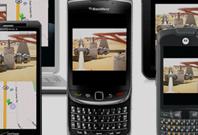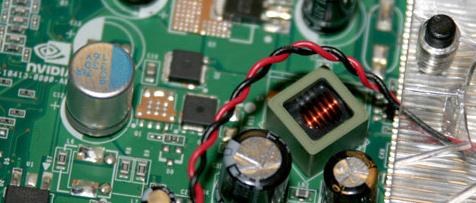
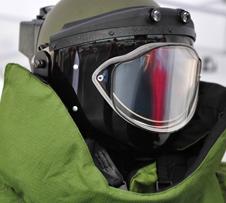
Cut the Red Wire
RealityVision® is being used today by a number of government agencies and we are not at liberty to describe in detail how the application is being used. This case study is drawn from real-life usage of the product and was inspired by publicly available information about the threats posed to port facilities, including news accounts of simulated dirty bomb attacks conducted by government authorities at the Port of Los Angeles and the Port of Vancouver.
U.S. Special Agent Jane Black is a leading expert in dirty bombs—conventional explosives packaged with some kind of radioactive material—and her agency has just learned that a major west coast port authority has discovered an unauthorized SUV parked at its facility. The locked vehicle has a large object in the cargo area obscured by a tarpaulin. Bomb-sniffing dogs have detected explosive material. Local authorities have also discovered that the registered owner is a local hospital employee who was reported missing after being suspected of stealing radioactive cesium isotopes from the hospital. The port is now grappling with a credible dirty bomb threat.
An emergency response team has assembled at the port and many government agencies have engaged remotely. Everyone wants detailed information as soon as possible. A blast of radioactive particles into the environment could expose many individuals to increased cancer risks and shut the port down indefinitely.
The Power of Remote Vision
Jane is running RealityVision® on her smart phone and several dozen of her colleagues at the port and other dispersed locations are running RealityVision on their laptops and mobile devices. Using RealityVision they are all reporting their GPS positions. Back at Jane’s Washington, DC headquarters, Special Agent Alex Brown is operating the RealityVision® management console integrated with Microsoft Virtual Earth. This allows him to map everyone’s position and to manage the critical information flows to and from team members.
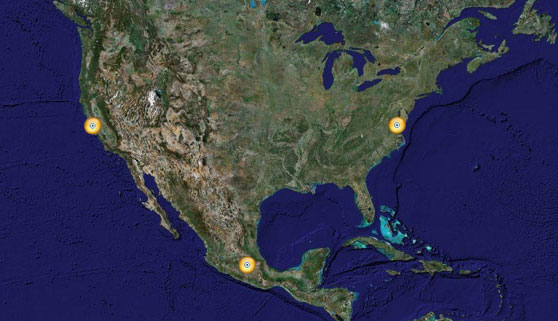
Additionally, one of the port surveillance cameras has a view of the SUV, and the port has agreed to make the camera feed available to the agency. Access to the feed will be secured by RealityVision’s out-of-the box encryption and user authentication. Alex uses the RealityVision management console to access the camera feed and superimpose it over publicly available satellite imagery.
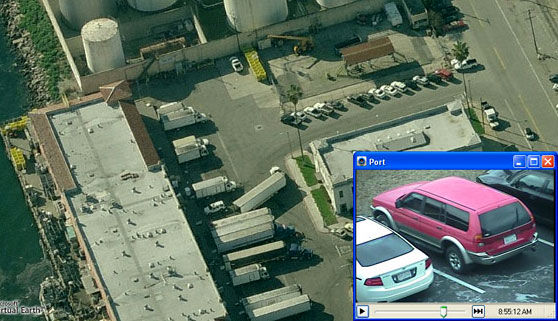
Jane receives live video and sensor readings on her cell phone from the remote-controlled bomb detection robot being used at the site.
The local team is receiving the robot data on a laptop, and uses RealityVision® Screencast™ to stream that information live to all authorized users in real-time.
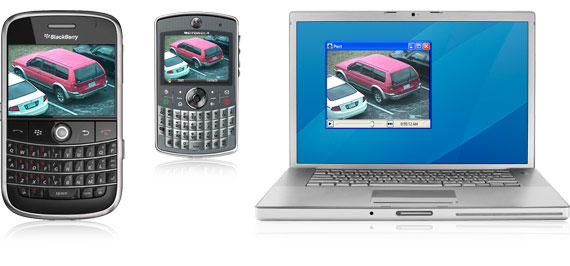 The sensor readings reveal explosive and radioactive material but the radioactive material is not visible and the local team looks to Jane for advice in disarming it. Jane now has multiple live video feeds available, exact location-based information, continuously updating sensor information and a crystal-clear view of the explosive device.
The sensor readings reveal explosive and radioactive material but the radioactive material is not visible and the local team looks to Jane for advice in disarming it. Jane now has multiple live video feeds available, exact location-based information, continuously updating sensor information and a crystal-clear view of the explosive device.
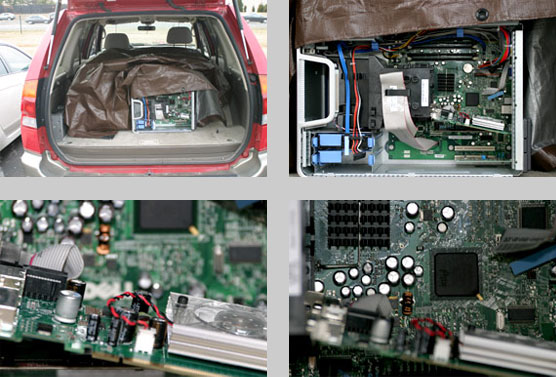
She uses the RealityVision visual archiving feature to retrieve certain archived images the agency maintains of other bomb configurations. Jane reviews all the available information and the team reaches the same correct conclusion: the robot should cut the red wire.
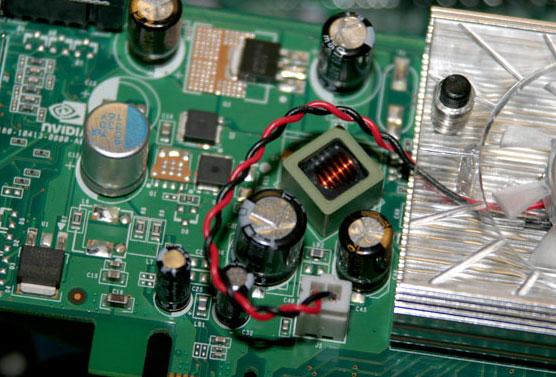
That’s RealityVision®. When seeing really matters.

